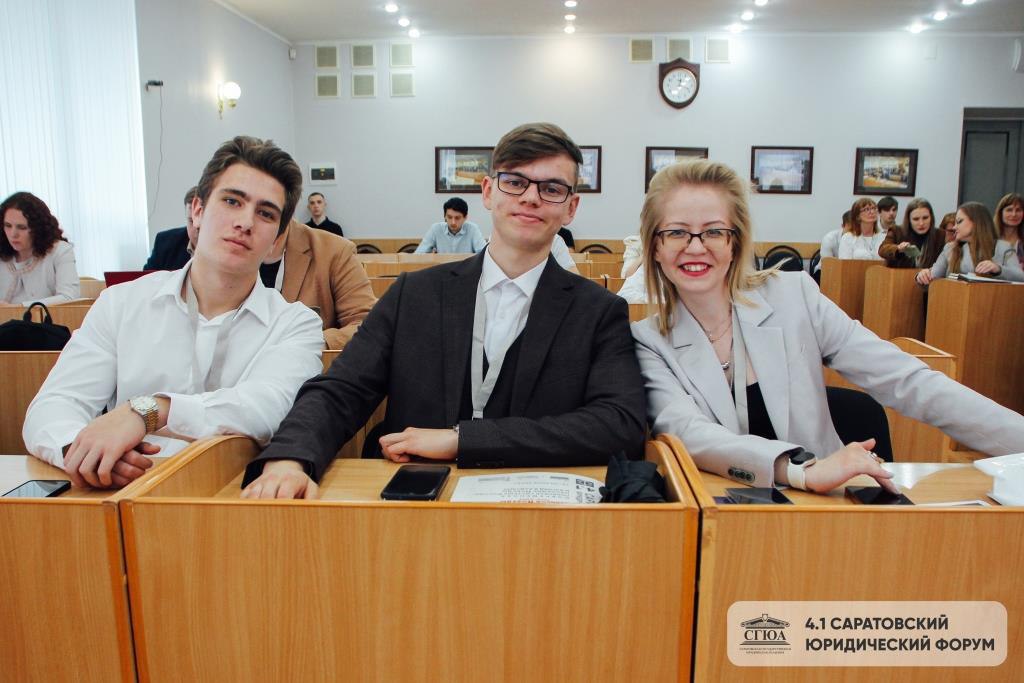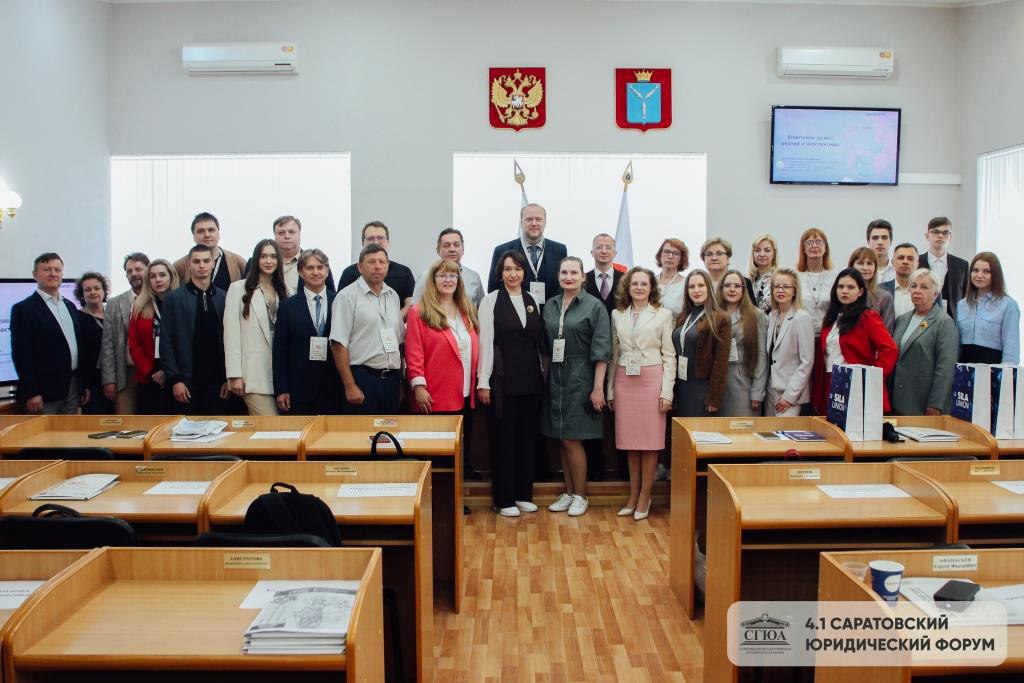
The Digital Future Under Legal Oversight: Highlights from the Legal Forum in Saratov
Is AI our future—or already our present? How should it be regulated and directed to serve society, the state, and business? What role does the Russian platform SILA Union play in this—and why is it becoming a key foundation for emerging digital scenarios?
Modern digitalization requires not only technological solutions but also a clear legal framework and a regulatory environment that keeps pace with technological advances and guides their safe, ethical, and effective use.
Practical digital transformation tools that meet cybersecurity requirements—such as SILA Union—play a vital role here. SILA Union is a modern domestic platform for managing corporate architecture, developed in accordance with current regulatory standards and information security protocols.

Yet not all tools can ensure security in today’s rapidly evolving digital economy. That’s why the creation of a flexible yet resilient legal system and regulatory architecture is becoming a priority—one that can adapt to emerging technologies, support innovation, and offer legal certainty to government, business, and society alike.
These crucial issues were the focus of the discussion platform “Digital Innovation in the Data Economy: Legal and Organizational Support”, held during the Saratov Legal Forum “Russia’s Modern Legal System: Legacy of Victory and a Vision for the Future.”
Experts in digital law, information security, and artificial intelligence gathered at the event to address the key challenges of digital transformation—from the implementation of the national project “Data Economy” to the regulation of unmanned systems, artificial intelligence, and quantum technologies.
Anton Paulich, Director of the expert club IT-Dialogue, opened the session with remarks emphasizing the importance of ongoing dialogue among the IT sector, legal professionals, and government institutions.
The session was moderated by Sergey Channov, Head of the Department of Information Law and Digital Technologies at Saratov State Law Academy, and Natalia Kovaleva, Head of the Department of Digital Technology Law and Biolaw at the Higher School of Economics (HSE). Key speakers included thought leaders, legal experts, and IT-Dialogue residents:
Lyudmila Gontar, Director of the Central Committee of FRCI, SILA CLUB expert
Zarina Bagieva, Head of the Regional Division at the Russian Ministry of Digital Development
Natalia Kovaleva, Professor at HSE and expert in digital and biolaw
Tamerlan Kadokhov, Head of ANO “ProDvizhenie”, a platform supporting youth and innovation
The discussion covered a broad range of topics: legal aspects of data governance and modern digital technologies, cybersecurity issues, legal frameworks for the “Data Economy” national project, and regulation of AI, autonomous transport, and even quantum law. Special attention was given to the organizational conditions necessary for implementing digital innovations into the economy.
The session also highlighted modern solutions supporting digitalization efforts while addressing cybersecurity demands. One such solution discussed was the SILA Union platform, which helps organizations optimize internal processes, adopt digital management tools, and build resilient IT architectures that comply with legal and security standards.
Participants included experts from the Russian Presidential Academy of National Economy and Public Administration (RANEPA), Kutafin Moscow State Law University (MSAL), the Institute of State and Law of the Russian Academy of Sciences, the Ministry of Digital Development, the Presidential Grants Foundation, regional digital development ministries, the business sector, expert centers, and speakers from Belarus, China, and Uzbekistan. This diverse group of participants confirmed the global nature of digital challenges—and the need for systematic approaches to solving them.
The Saratov forum marked an important milestone in shaping the legal foundations of the new digital reality. Today, it is more essential than ever that legal mechanisms support technological progress. It is at this intersection of law and technology that effective regulatory models for the future are born.






